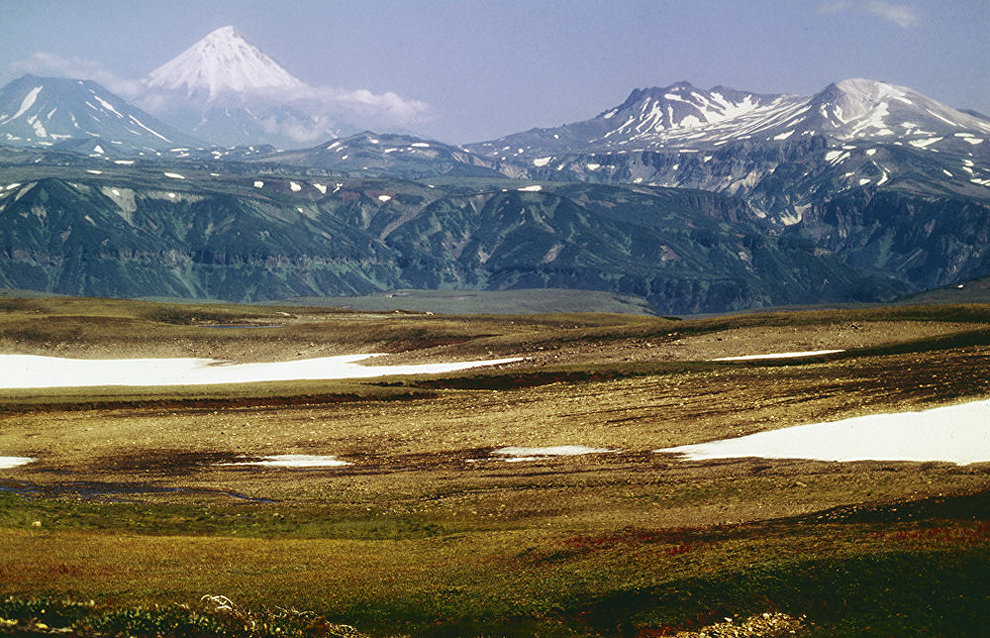Kronotsky Nature Reserve to be cleaned of oil residue and scrap metal
An area of about 400 hectares in the Kronotsky Nature Reserve on the Kamchatka Peninsula will be cleaned of oil residue, scrap metal and other industrial waste, TASS reports, citing the Ministry of Natural Resources and Environment press service.
"Some 400 hectares of protected area will be cleaned of the environmental impact of oil exploration, and military and industrial activities. Oil slime, scrap metal and pieces of abandoned buildings will be removed for reuse," the release says.
In 2016, a cleaning operation will be conducted in the estuary of the Bolshaya Chazhma spawning river, at the hydrographic lighthouse on Kronotsky Point, in the former Bogachevka oil exploration area, and at the military unit on Cape Kozlov. Two beached barges, former military buildings, and the lighthouse will be broken down and removed. The use of heavy equipment will be minimized, and there will be as little impact on the environment as possible, the release says.
In the 1940s through the 1970s, oil and gas prospecting was carried out along the Bogachevka River in the Kronotsky reserve, and the Lenhydroproject research and design institute for hydroelectric engineering designed a power plant on the Kronotskaya River. In addition, there were a runway, two townships, military units and a weather station in the nature reserve. An operation to clean up the area was launched in the reserve in 2015. From July to December 2015, a total of 1,300 metric tons of waste was collected and removed from an area of 470 hectares in Olga Bay.
This year, 507 million rubles will be allocated to finance land reclamation projects in the Kedrovaya Pad Nature Reserve, Land of the Leopard National Park and the Kronotsky Nature Reserve.
The Kronotsky Nature Reserve (or Kronotsky State Natural Biosphere Reserve) on the Kamchatka Peninsula in the Russian Far East is one of Russia's oldest reserves. It was established on November 1, 1934, and has a land and water area of over 1.1 million hectares. Eight of the 25 volcanoes located in the reserve are active. The last herd of wild reindeer in Kamchatka lives in the reserve, alongside one of the largest protected groups (800) of Kamchatka brown bear (Far Eastern brown bear).
